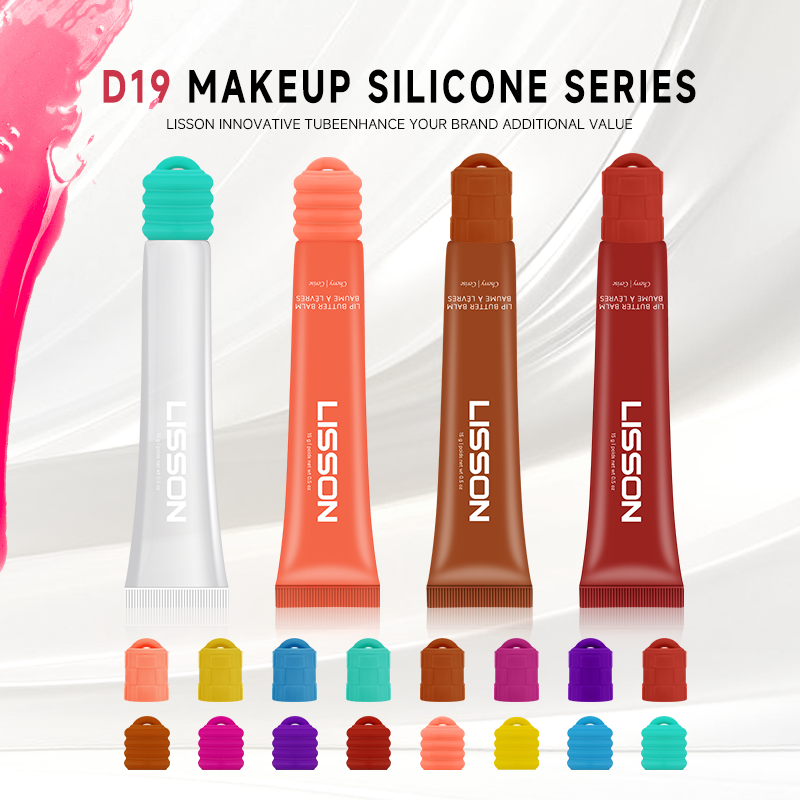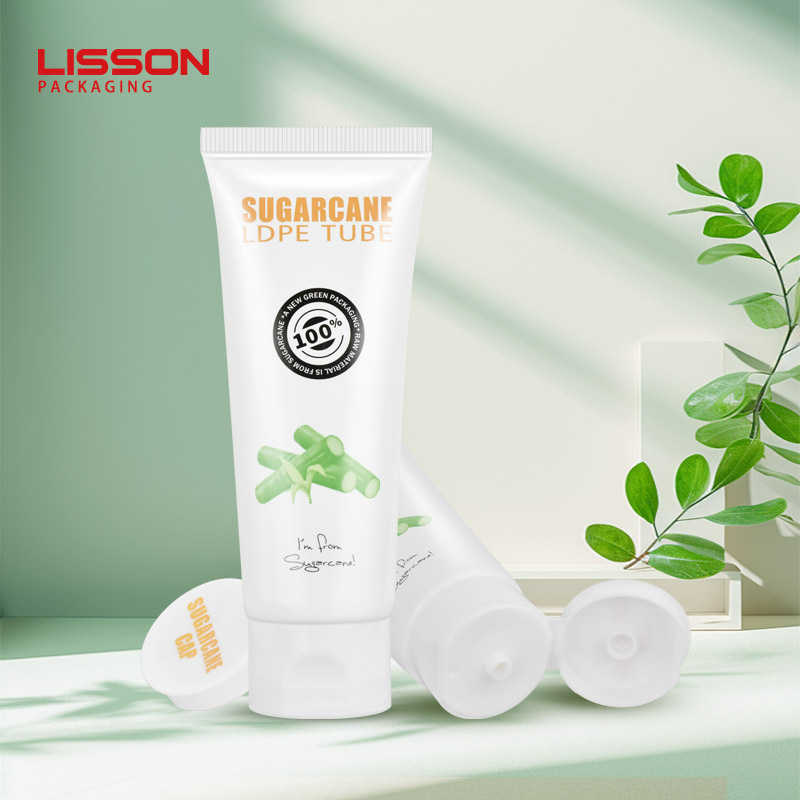As environmental awareness continues to reshape the beauty industry, cosmetic brands are under growing pressure to adopt sustainable packaging solutions. While jars, bottles, and boxes often get the spotlight, cosmetic tubes are one of the most widely used formats for skincare, haircare, and makeup—and they’re undergoing a sustainable transformation of their own.
In 2025, eco-friendly cosmetic tubes are no longer just a trend—they’re a necessity. Consumers expect brands to take action on sustainability, and regulations on single-use plastics and emissions are only getting tighter. But what does it really mean to create a truly eco-friendly cosmetic tube?
Conventional cosmetic tubes are typically made from multi-layer laminates of virgin plastic, often combined with foil and other non-recyclable components to ensure barrier protection and shelf stability. While functional, these tubes:
l Rely heavily on fossil fuels
l Are rarely recyclable due to mixed materials
l Contribute to long-term landfill waste
l Require significant energy in manufacturing
According to industry estimates, over 20 billion cosmetic tubes are produced globally each year—most ending up as waste. The environmental toll is undeniable.
Eco-friendly tubes are designed with sustainability at every step—from raw materials to end-of-life. These next-generation tubes come in several green forms:
♻️ Recycled Plastic (PCR Tubes)
l Made from post-consumer resin (PCR), giving plastic a second life.
l Reduces dependence on virgin plastic.
l Can achieve up to 60%+ reduction in carbon emissions.
Bio-Based Tubes
l Made from plant-derived materials like sugarcane polyethylene.
l Renewable, non-toxic, and often carbon-neutral.
l Fully recyclable when designed as mono-material.
Compostable & Biodegradable Tubes
l Constructed from PLA, cornstarch, or cellulose derivatives.
l Break down in industrial compost settings.
l Still emerging and often best for dry or water-free formulas.
Mono-Material Tubes
l Designed from a single recyclable material (e.g., HDPE or PP).
l Easily accepted in recycling streams.
l Suitable for automated sorting, unlike multi-layered counterparts.

When choosing sustainable tubes, product compatibility is critical. The formula's pH, oil content, and preservative system may impact material choice.
Interaction Type | Material | Impact | Solution |

Advantages of Eco-Friendly Cosmetic Tubes
l Lower environmental footprint: Reduced energy, emissions, and plastic pollution.
l Improved recyclability: Especially with mono-material designs.
l Consumer appeal: Sustainability boosts brand loyalty and trust.
l Regulatory compliance: Aligns with tightening packaging laws globally.
Challenges and Considerations
l While the eco-tube trend is promising, brands must also navigate:
l Higher initial production costs
l Barriers to wide-scale composting
l Limited availability of refill-compatible tube systems
l Durability vs. recyclability trade-offs
l Yet with consumer demand and innovation rising, many of these challenges are being solved with better sourcing, smarter design, and material science.
Brands Leading the Way
Innovative beauty companies are embracing eco-friendly tubes in impressive ways:
l L’Oréal: Rolled out bio-based sugarcane tubes for their Garnier and La Roche-Posay lines.
l REN Skincare: Introduced tubes made from 100% recycled ocean plastic.
l Versed: Uses aluminum and PCR tubes across their clean skincare collection.
l These examples show how eco-tube solutions can scale—from premium skincare to mass-market products.
What’s Next for Cosmetic Tubes in 2025?
The future of cosmetic tubes is circular, customizable, and transparent:
l Refillable tube systems with click-in refills
l Material science innovations in compostable bioplastics
l Waterless formulas reducing the need for barrier-heavy packaging
l QR code labeling revealing material sourcing and recyclability info
l Sustainability is becoming a brand essential, not a niche feature.

Final Thoughts: Making the Switch
Whether you're a beauty startup or a global skincare brand, switching to eco-friendly cosmetic tubes is a powerful step toward sustainability. By considering material performance, recyclability, formula compatibility, and consumer experience, brands can lead with purpose and innovation.
Eco-tubes aren’t just packaging. They’re a statement—about values, future-thinking, and beauty that respects the planet.
Copyright © 2025 Guangzhou Lisson® Plastic Co.Ltd | All Rights Reserved.
Hello, please leave your name and email here before chat online so that we won't miss your message and contact you smoothly.